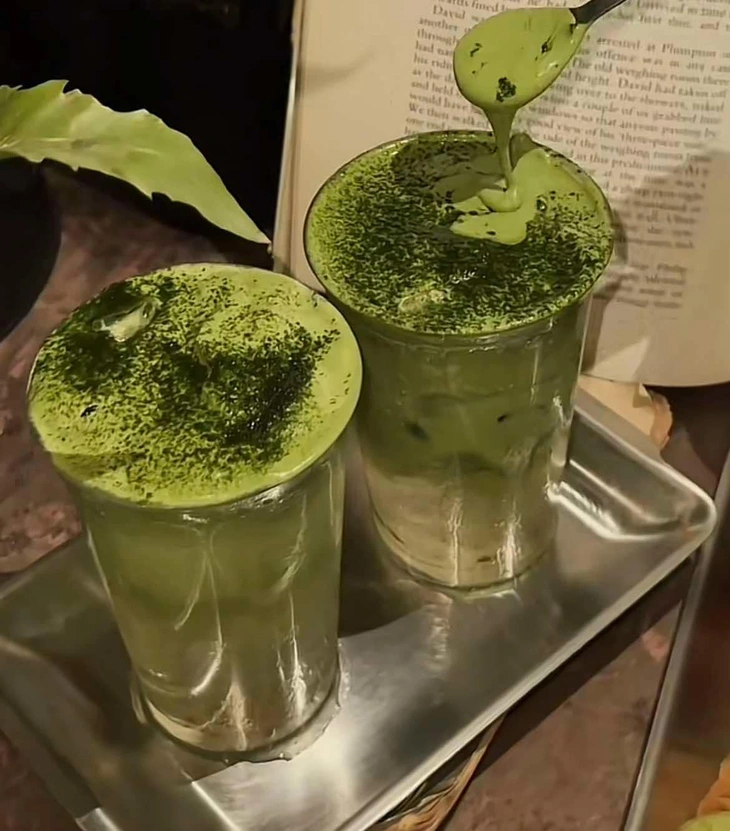
Matcha is slightly bitter but refreshing, loved by young people - Illustration photo
Matcha - powdered green tea - is a popular beverage in Japanese cuisine . The drink has increased in popularity in recent years, including in Vietnam. However, there are opinions that drinking matcha can lead to iron deficiency, leading to iron deficiency anemia.
“Anemic and anxious, but it hinders the fact that matcha has a larger amount of caffeine than coffee and can hinder the body's absorption of iron,” content creator Yumi wrote in a video posted in February, which has since garnered nearly 800,000 views.
In another video with 2.8 million views, TikToker Kacey Ondimu said she switched from drinking matcha to moringa tea, after worrying that matcha was the cause of her chronic iron deficiency.
What is Matcha?
Matcha is a fine powder made from shade-grown, sun-dried green tea leaves. Unlike loose-leaf tea, powdered matcha is quick and easy to prepare, as it doesn’t require steeping or brewing. Although most commonly used as a tea or latte, matcha is also found in many recipes and processed foods, such as ice cream and cookies.
Nutritionally, matcha is rich in antioxidants and anti-inflammatory plant compounds, and has a "unique combination of caffeine and L-theanine," which gives "a clear yet relaxed energy," according to nutritionist Sapna Peruvemba, currently pursuing a doctorate in nutritional sciences in California, in a post on Health.com.
"Matcha provides a gentle energy boost without the jitters or crash that coffee causes," she told Health magazine. One teaspoon of matcha powder—enough for a cup—contains about 70 to 80 mg of caffeine, while a cup of coffee contains about 90 mg.
Does Matcha affect the body's absorption of iron?
Concerns about the effects of matcha and the upcoming matcha powder are related to tannins. Tannins are antioxidants found in matcha and are being studied for their role in helping the body prevent cancer.
However, tannins also contribute to the body's limited absorption of iron, increasing the risk of iron deficiency anemia. This condition can lead to symptoms such as fatigue, headaches, dizziness, shortness of breath, and other symptoms.
Matcha is not the only source of tannins in the diet. Tannins are also found in chocolate, some leafy green vegetables, coffee, and teas. However, tannins are particularly concentrated in matcha powder. One study found that the concentration of a type of tannin called epigallocatechin gallate (EGCG) in matcha was 137 times higher than in regular green tea.
That means TikTok users' theories about matcha and iron aren't unreasonable, explains Kirbie Daily, associate director of Olympic Nutrition at the University of Memphis (and matcha lover).
"Matcha itself doesn't directly cause iron deficiency anemia," she told Health magazine. "However, it can affect your body's ability to absorb iron if you drink it too close to a meal."
Drinking matcha with or immediately after an iron-rich meal can make it harder for your body to absorb iron in your digestive tract, she says. That means that if consumed in large amounts, green tea could also lead to iron deficiency over time.
However, Peruvemba says the impact of matcha on iron levels is likely to be minimal for most healthy people. Regular green tea consumption is rarely associated with high rates of iron deficiency anemia.
However, Peruvemba warns that if you’re already at high risk for iron deficiency anemia, you should be a little more cautious. This includes: pregnant and breastfeeding women, people with heavy periods, people recovering from surgery, vegetarians and vegans, and people with gastrointestinal conditions like celiac disease or inflammatory bowel disease.

Experts advise against drinking matcha during meals or immediately after taking iron supplements - Illustration photo
How to drink matcha without affecting the body's ability to absorb iron?
According to Daily , the safety of matcha largely depends on when you consume it. "Drinking matcha with or immediately after a meal inhibits iron absorption more than drinking it between meals," she says. "I recommend spacing meals or iron supplements at least one to two hours before drinking matcha."
The amount and type of matcha you consume also matters. "Matcha ice cream contains very little actual matcha compared to drinking matcha tea," Megan Byrd, R.D., nutritionist and founder of the blog Coffee Copycat, told Health magazine. "The more matcha you consume per day, the greater your potential risk."
For that reason, Byrd recommends no more than one cup of matcha per day for those concerned about their iron levels. Remember that matcha is just one part of the “nutritional picture” when it comes to iron absorption. Instead of focusing too much on one beverage, pay attention to your entire diet.
“You also need to look at the big picture,” says Peruvemba. “Are you eating enough iron-rich foods? Are you combining plant-based iron sources with vitamin C to increase absorption?”
Eating foods like red meat, fish, lentils, oats, quinoa and nuts can help you add more iron to your diet. Combining these foods with foods rich in vitamin C – like broccoli, mango, bell peppers or strawberries – can also help with iron absorption.
Source: https://tuoitre.vn/uong-nhieu-matcha-co-the-gay-tinh-trang-thieu-mau-202505050822001.htm


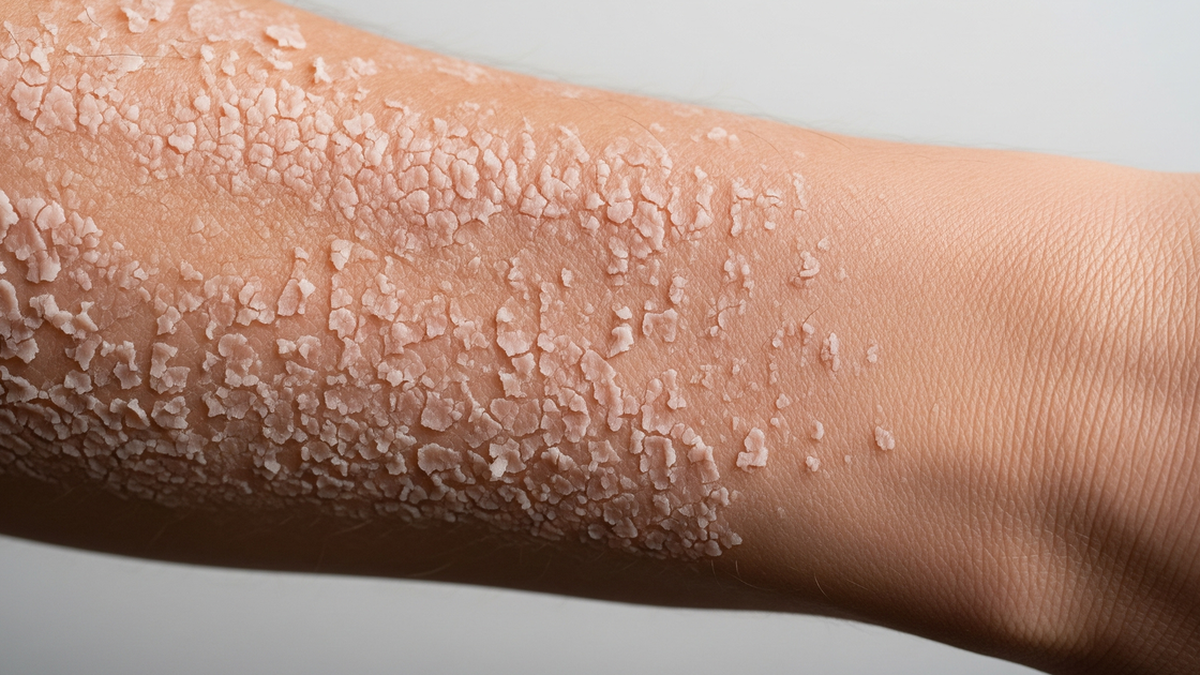

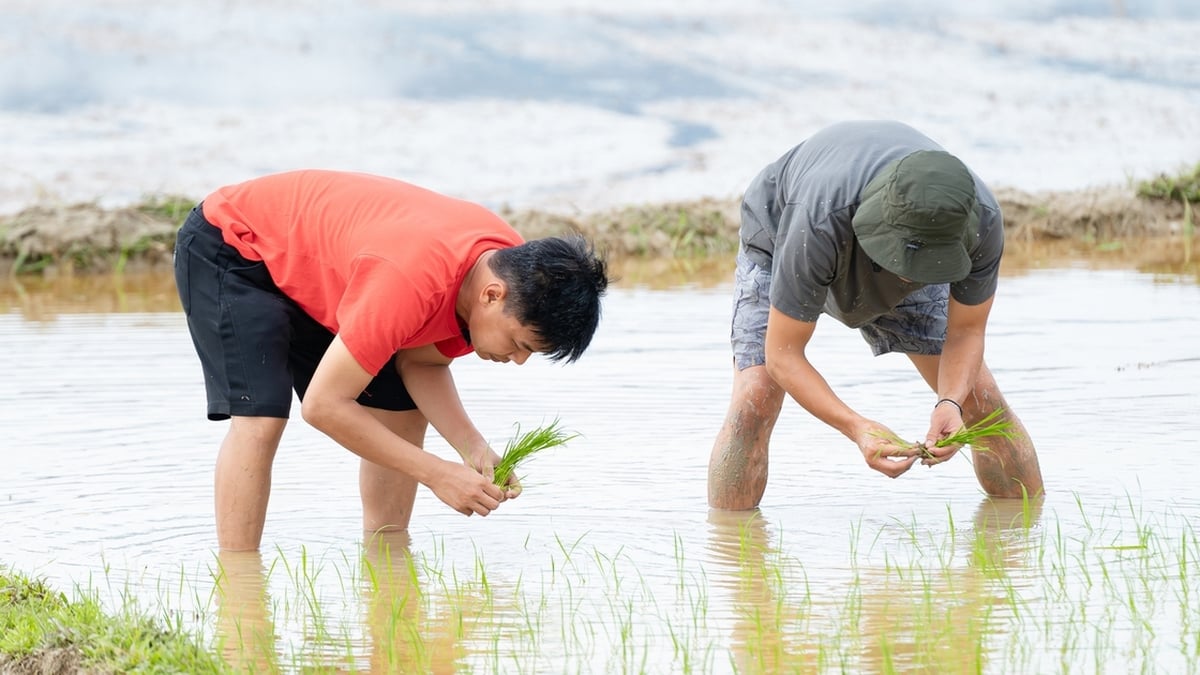

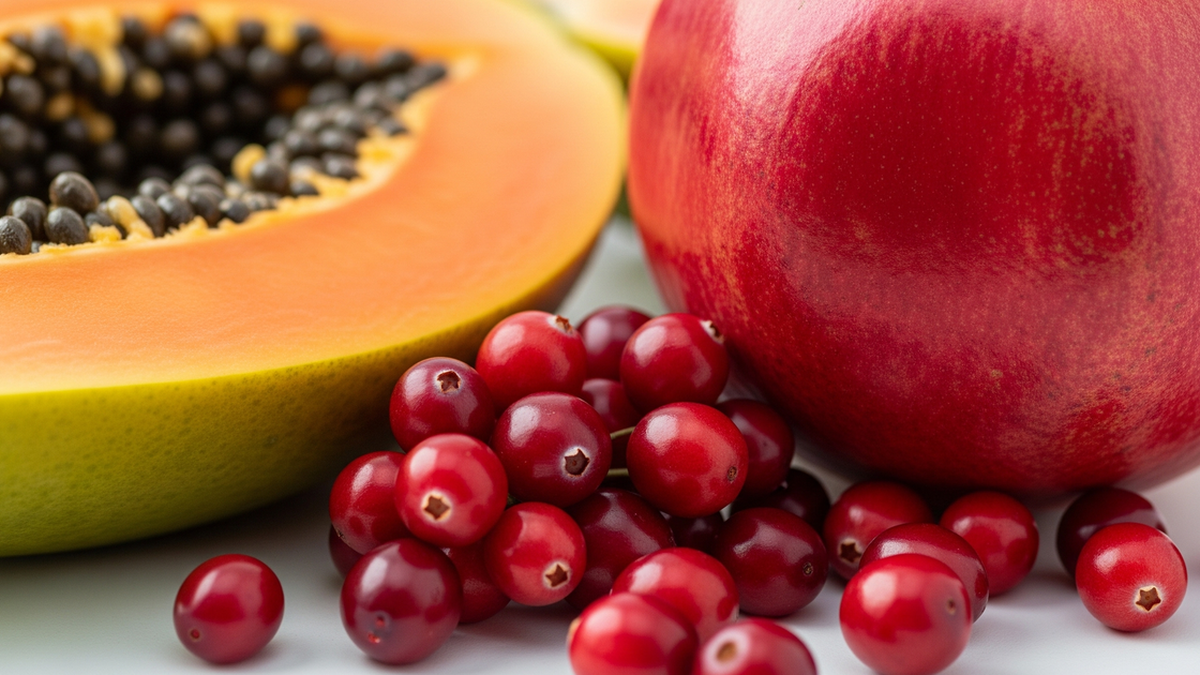

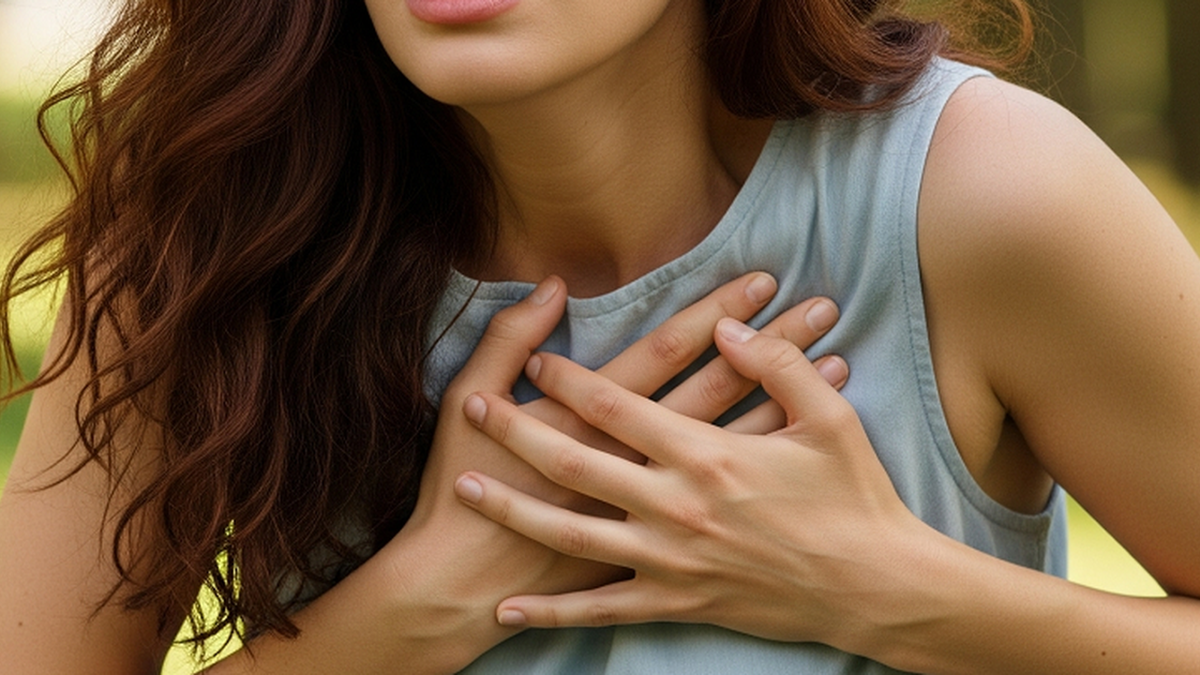

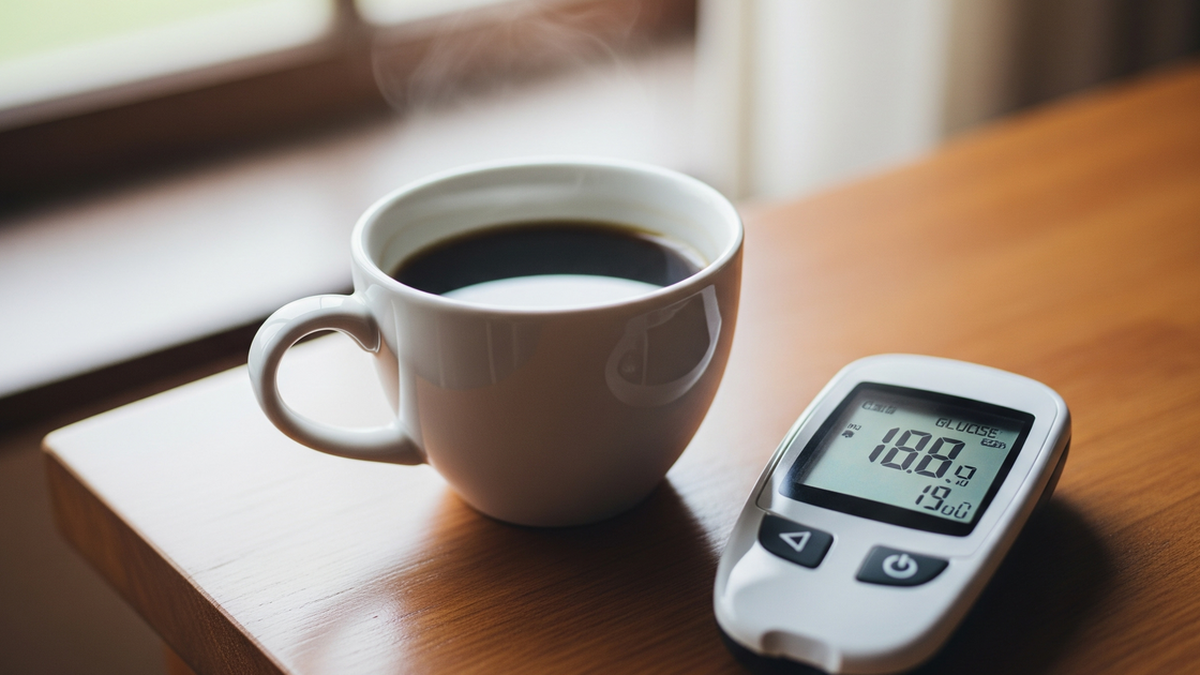












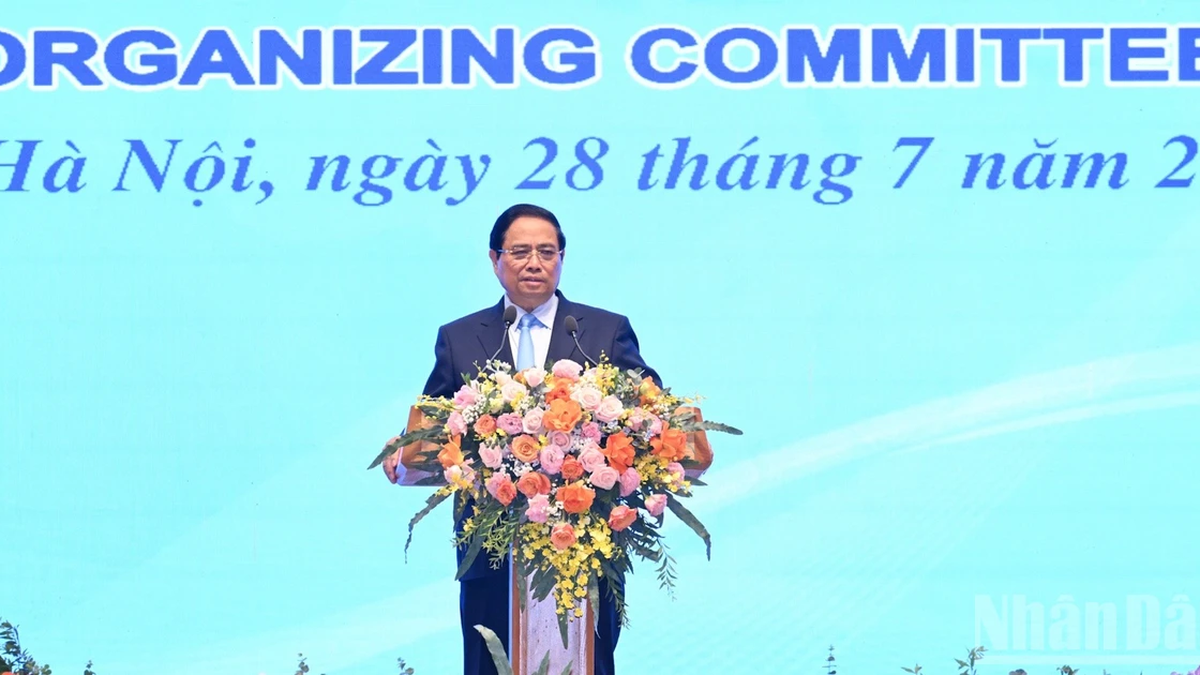
![[Photo] National Assembly Chairman attends the seminar "Building and operating an international financial center and recommendations for Vietnam"](https://vphoto.vietnam.vn/thumb/1200x675/vietnam/resource/IMAGE/2025/7/28/76393436936e457db31ec84433289f72)











































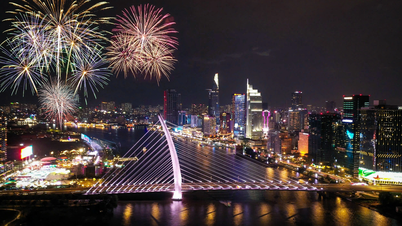




















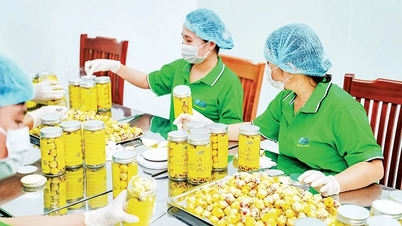










Comment (0)